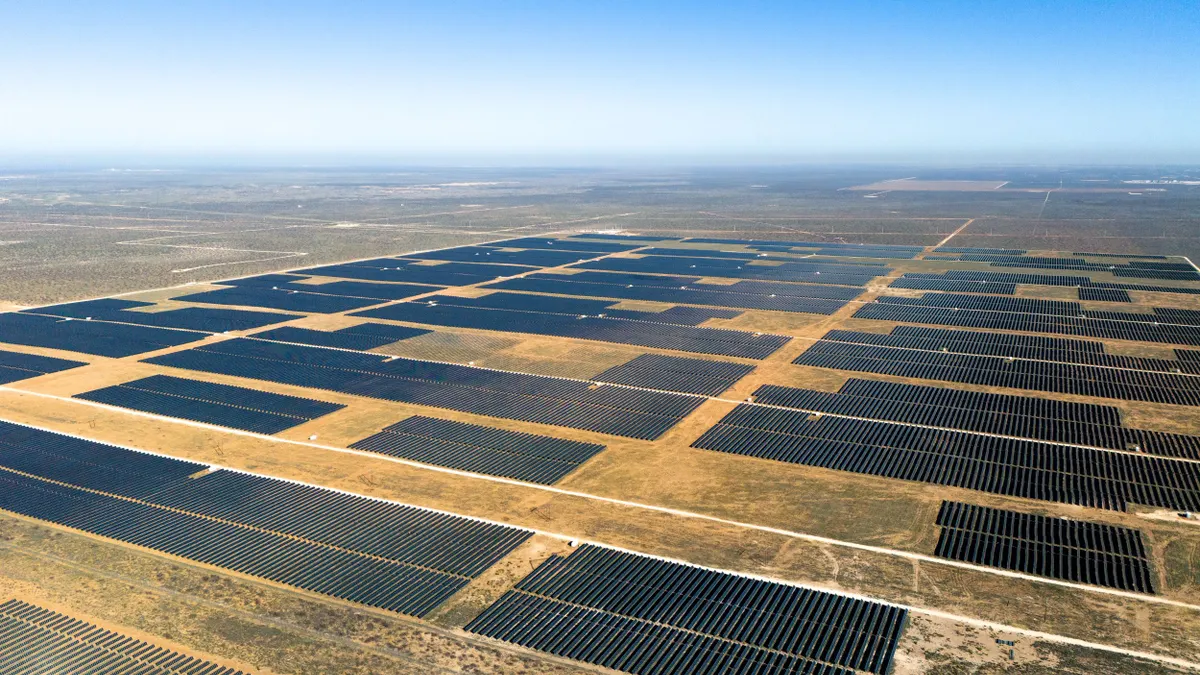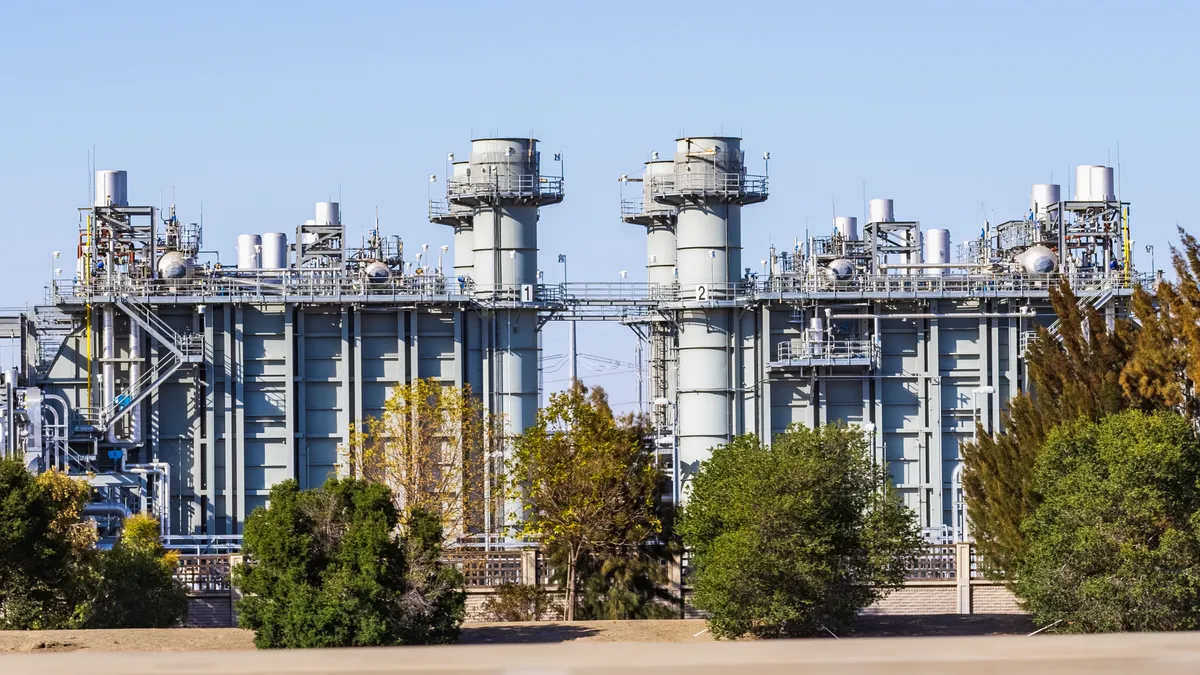Texas has a remarkable 8,700 megawatts of new wind capacity under development with signed interconnection agreements, including 3,600 megawatts expected to come online in 2014, 3,700 megawatts in 2015, and 900 megawatts in 2016.
That’s on top of 11,065 megawatts already installed, almost twice that of the next closest state and more than all but five countries.
“This is definitely a boom, driven primarily by the newly available Competitive Renewable Energy Zone (CREZ) transmission capacity in the Panhandle and West, where the wind resource is exceptional,” American Wind Energy Association Director of Research Michael Goggin said.
Another factor in this burst of development is the structure of last year’s production tax credit (PTC), explained Warren Lasher, Director of System Planning for the Electric Reliability Council of Texas (ERCOT), the state’s grid operator. It makes any project that started construction by the end of last year eligible. Texas developers qualified a lot of capacity in Q4 that they planned on completing this year.
A constraining factor could be the ability of the supply chain to keep pace with the boom, according to Rosendin Electric Preconstruction Manager Rick Rohde. Builders need to have the 8,000-plus components of a wind turbine at their sites in a timely manner.
Delays are not impacting project economics yet because developers already met the PTC’s in-construction requirement. But they could, at least in the Panhandle, when the volume of building peaks, Rohde said.
The new capacity will not, however, challenge ERCOT’s advanced grid operations, Goggin said, because Texas has plenty of natural gas capacity to balance wind’s variability. And the deregulated Texas electricity market wants wind as a hedge against natural gas’s price volatility.
“Our deregulated market is one of the most conducive to development and it is connected to one of the prime wind resource areas,” Lasher said. “Experienced Texas developers are moving on that opportunity.”
ERCOT and MISO probably have the most advanced U.S. grid operating practices, with a ten minute lead time, advanced forecasting, and other tools that allow the ready integration of large amounts of renewables, Goggin said. “Leaders in MISO and ERCOT saw their regions were wind-rich and implemented the tools they needed to integrate it. Now they are reaching record levels of wind-generated electricity, cutting their ratepayers’ power prices and operating without unusual glitches.”
About 8,000 of the new megawatts are in the Texas Panhandle and across the west of the state. Another 700 megawatts will be built along the Gulf Coast.
That broad geographic diversity eases ERCOT’s integration challenge because, Goggin said, “variability of wind goes down as the distance between resources increases.”
“ERCOT can reliably integrate 5,000, 10,000, 15,000 megawatts of wind,” Lasher said. “But one of the procedures to maintain reliability is curtailment.”
As capacity grows, ERCOT will have to increase the amount of wind it curtails. “In the near term, it will look like we hit a wall,” Lasher said. “We will hit a point where night after night there will be negative prices.”
But some will see in that an opportunity, Lasher said. Texans will learn to run their pool pumps and charge their EVs at night, farmers will change their irrigation schedules, oil and gas developers will change their pumping schedules, desalination plants will schedule to get cheap power, and storage companies will store electricity when it’s cheap and dispatch it during peak demand periods.
“There are already electricity marketers giving away free electricity at night and charging higher prices during the day,” Lasher said. “As we go forward, there will be fewer and fewer hours when wind is curtailed.”
Over the longer term, the natural gas price and the fate of the PTC will impact wind growth. But ERCOT will continue to grow wind incrementally, Lasher said. “There will be development, the market will impose a change, developers will respond, the system will respond, and growth will go forward.”
Negative pricing has already begun to push coal and nuclear generators out of the market. But ERCOT needs its 5,000 megawatts of nuclear and 19,000 megawatts of coal because they provide stability, Lasher said. “When there is an instantaneous outage, base load plants can quickly ramp up their output. Renewables don’t do that.”
That ancillary service is not valued now because it has always been there. More increasingly cost-competitive wind may force those plants’ owners to consider shuttering. “But if the market sees the need for that ancillary service,” Lasher said, “bids for it will increase the price to where it is profitable for those generators to remain available. The market will work as long as ERCOT correctly defines what we need to maintain reliability.”
There are five new double circuit east-west CREZ lines that move wind to big load centers like Dallas and Houston. But some of the lines in the far west and the Panhandle are single circuit. “As wind grows, we will decide if we need to make those collector lines double circuit,” Lasher said.
Texas has already built and is planning to build a huge amount of wind but the proportion it represents in ERCOT’s mix is not more than what has been managed in Spain and Portugal and Ireland, Goggin said. “For the foreseeable future, despite all the new capacity in development, they are doing fine.”






















